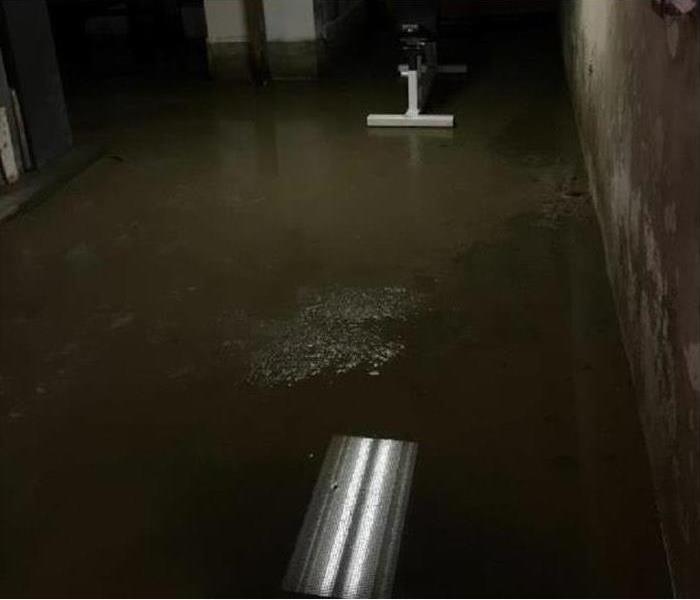Understanding the Sewage Mitigation Process
1/28/2020 (Permalink)
Understanding the Sewage Mitigation Process
When a toilet floods in a public restroom of your building in Lemont, IL, the sewer damage may not be limited to just the immediate area. This is particularly true if the restroom is on an upper floor of the building. In order to make sure all the damage is repaired, sewage mitigation experts must take several steps before they can begin to rebuild the parts of your structure that are destroyed.
1. Assessment
Before the cleanup work begins, the sewage company must assess the damage. You may only be able to see the saturated floor or the stains on the ceiling underneath it, but they can investigate more thoroughly. This step enables them to give you an estimate of the cost and the timeline for the work that needs to be done.
2. Extraction
Any excess water or refuse must be removed before the affected area can be cleaned. Technicians can use industrial pumps to remove sewage from your building. This begins the drying part of the process.
3. Removal
Sewer damage is considered Category 3 water, which means it's highly contaminated. Any porous material, such as floorboards, ceiling tiles or drywall, must be removed and discarded if it has been touched by the overflow of a flooded toilet. Technicians cut out the portion that is ruined.
4. Cleanup
Once they have removed everything that can't be salvaged, the cleanup crew can start disinfecting the area. They must make sure all surfaces are clean before they start restoration to help prevent secondary damage. Once the area is clean the technicians can start rebuilding what the accident destroyed.
When your commercial property has sewer damage, the mitigation process is a little more complicated than cleaning up water damage. It doesn't just need to be dried; it must also be sanitized. Knowing what to expect can help you understand the time it takes to make sure your building is completely restored.



 24/7 Emergency Service
24/7 Emergency Service
